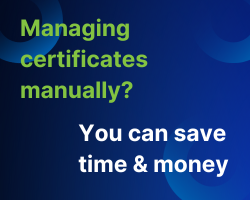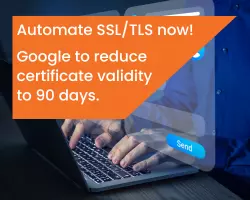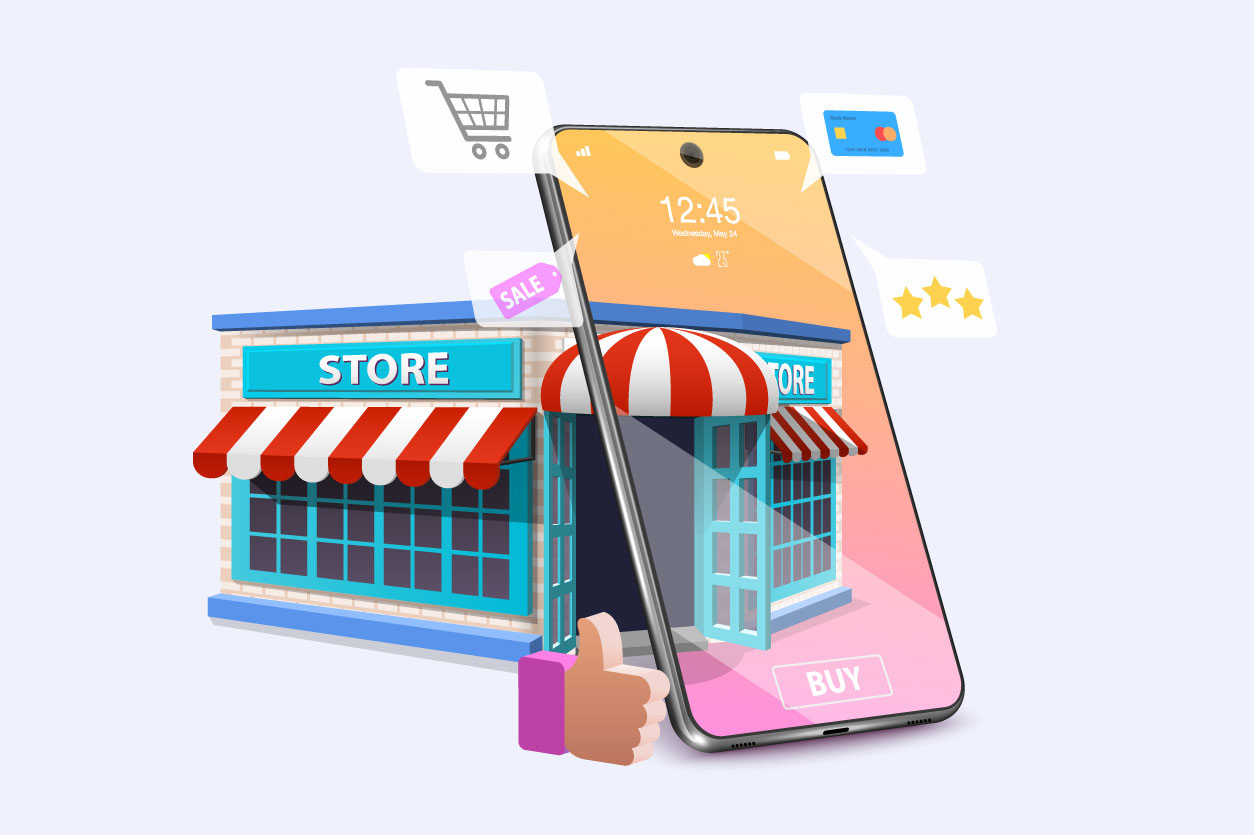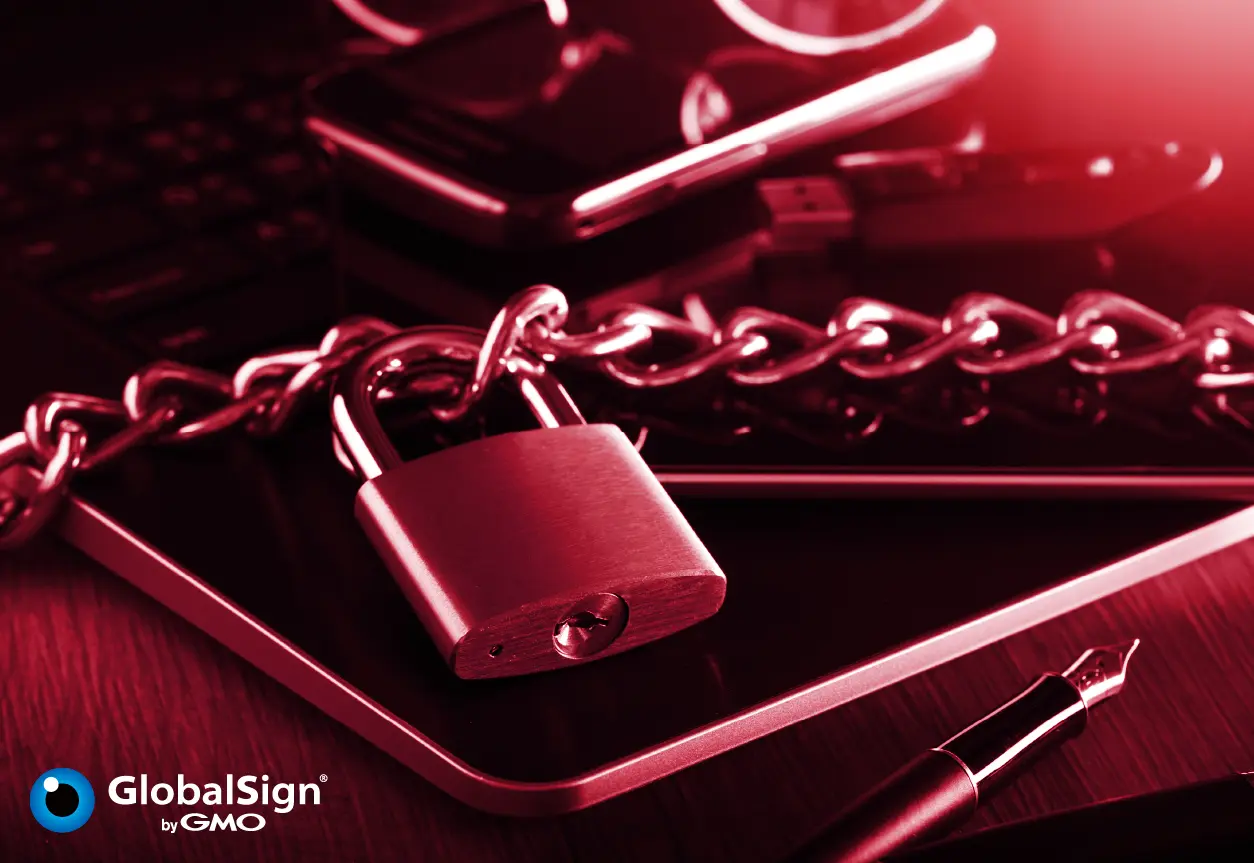Online shopping has become a widely popular choice for shoppers. Physical retailers are moving towards building their online websites so they could cater to consumers worldwide. Retailers are no longer restricted with the physical space and the limited customers it can cater to. And while malls and all physical stores are still thriving, the convenience that online shopping provides is very much favored today.
For consumers, you can save time and money by shopping online, especially since it has gotten a lot easier and faster. Next day deliveries are being adopted by couriers and online websites.
However, there’s one thing you should always be vigilant of when shopping online: hackers and cyber criminals. They use various tactics and find loopholes in websites that lack security measures, and target websites, big or small.
Entering your personal information, debit or credit card information, and passwords leave you vulnerable to security breaches and can cause a lot of frustration, lost time and money. Just one security breach can expose your personal data and card information to hackers to make unauthorized purchases. When large online merchants experience data breaches, it usually results in thousands and even millions of stolen credit card numbers and personal information. In May 2019, Sydney-based company Canva suffered a data breach that compromised the data of 139 million users. In February 2020, the FBI warned shoppers for a new online threat to personal credit card information. This latest method of personal hacking and credit card theft, known as e-skimming or magecart, steals information from websites and has impacted big companies including Macy’s, British Airways, Puma, and Ticketmaster.
Cybercriminals can infiltrate a website to steal personal records and credit card information. They explicitly break into a web server or a common server that supports various online websites. When this happens, shoppers will often have no clue that the website has been breached. Alternatively, cybercriminals can set up a lookalike site to trick users into thinking the website is legitimate. As an educated consumer, you must ensure that you are doing your part in protecting your personal data. Here are several things you can do for a safe online shopping.

Use credit cards or virtual credit cards
Credit cards are a good option for purchasing goods online since most credit card companies have lower liability for fraud. Virtual credit cards are specially made to protect your actual credit card details when shopping online by issuing you a temporary credit card number, which, if discovered by hackers, wouldn’t provide them any use.

Check the web address
When visiting a website, make sure that you are visiting the right web address. Cybercriminals nowadays create an average of around 1.4 million phishing websites designed to mimic real company websites.

Look for a lock and HTTPS
When web browsers prompt that the website your visiting isn’t secure, leave the site immediately. Major browsers prompt the users that the data they input in a website is safe. When browsing an unfamiliar site, look for an HTTPS or a padlock symbol in the address bar. This indicates that the website is SSL encrypted, which means it provides the encryption necessary to protect your personal information.

Be wary of ads
Online shopping has made it easier to purchase right away, but it may also become saturated with websites that pretend to be legit but are fraudulent.

Look for a Site Seal
A Site seals is a visual indicator of trust and security. It is a visual cue to show that a website has an SSL certificate, which means an encrypted channel of communication is provided for effective security for web transactions. Some Site Seals, like GlobalSign's, are dynamic images, which are easier to verify the website owner’s details, as users can click on the dynamic Site Seals to display information about the SSL certificate.
Keep an eye out for phishing emails
Phishing is a serious issue the online world is facing today. According to Cybersecurity Ventures, Over 90% of successful hacks and data breaches stem from phishing, with nearly half of the breaches due to human error. Fraudsters often use phishing emails to trick users into clicking a link, downloading an attachment, or transferring money. Legitimate retailers will never ask for this information. To keep your personal information safe, learning about the basics of phishing is important so you don’t fall for phishing attacks.
GlobalSign is your partner in security. We enable trusted identity security solutions for every enterprise. For more information about our company and the products we offer, you may visit our website, or check out our product list for enterprises and Internet of Things (IoT) so you can ask for a demo today! For more blog updates, click here.







